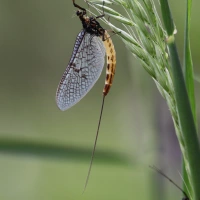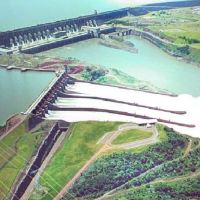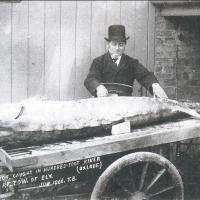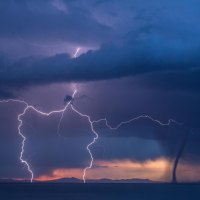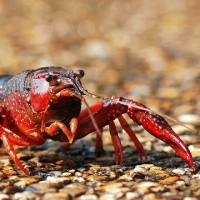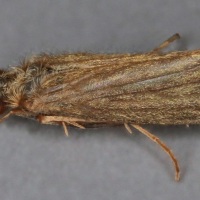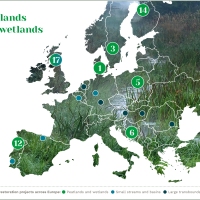How did freshwater biodiversity fare at the IUCN Congress?
Two weeks ago, I asked what the IUCN congress had to offer for freshwater conservation. With the close of the 10-day congress yesterday, how did freshwater fare in the end? In this article, I provide a wrap-up of the keys messages of the congress and the most important developments for freshwater biodiversity.
The 2012 IUCN World Conservation Congress came to a close yesterday after more than a week of discussion, debate and deliberation. As expected, the theme of the congress, ‘Nature+’, featured prominently throughout the 10 days of the conference. What the IUCN calls ‘nature-based’ solutions were offered as a way to tackle a range of environmental and development issues. The take-home message of the congress was clear: whether it’s addressing climate change, food security, or poverty, utilising the benefits of nature can offer potentials solutions.
The role of business and the ‘green economy’ also featured strongly. During the congress, the World Bank stated that nature should be at the heart of the economy, Richard Branson gave a speech in which he called ‘mother nature the greatest entrepreneur of all time’, and IUCN and Microsoft announced a new partnership to tackle species extinction. Business and unsustainable practices have long been seen as part of the issue, but business is now increasingly being recognised as part of the solution as well.

Lake Niassa, Malawi, is one of the richest freshwater ecosystems in the world. It reportedly has more species of fish than those of any other body of freshwater on Earth.
In terms of developments for freshwater conservation, there was a good deal on offer as well. Freshwater issues were on the agenda every day and most of the motions relevant to freshwater biodiversity were passed without significant amendments. The most important exception was the promising motion to establish a regional organisation in East Asia for the management of aquatic ecosystems, which in essence failed.

“Hellooooo!” An irrawaddy dolphin (Orcaella brevirostris) in the Mekong river, one of the rarest dolphins in the world. Photo: WWF.
Some of the highlights though include increased commitments to combat the amphibian crisis with attention given to the importance of regulating the trade of amphibians, a resolution to avert the extinction of rare river and freshwater-dependent dolphins, and the recognition of the connection between food, water, and biodiversity.
But perhaps some of the most significant developments at the congress for freshwater biodiversity weren’t specifically just about freshwater biodiversity. The creation of an IUCN Red List of Ecosystems, which aims to identify threatened ecosystems around the world, is one example. Another is the announcement by IUCN and the European Union to invest €20m in biodiversity and protected areas management, although how much of that will go to freshwater conservation is unclear.
So was it gold for freshwater biodiversity at the ‘Nature Olympics’?
Well, the news was mixed. On one hand, freshwater issues received a fair amount of discussion and attention and there were some important developments, as highlighted above. On the other hand, however, many freshwater species featured on the list of the world’s 100 most threatened species and the plight of freshwater species from Europe to Africa revealed during the congress provides a stark reminder of the challenges that the freshwater conservation community face.
Perhaps not gold then, but maybe bronze.






